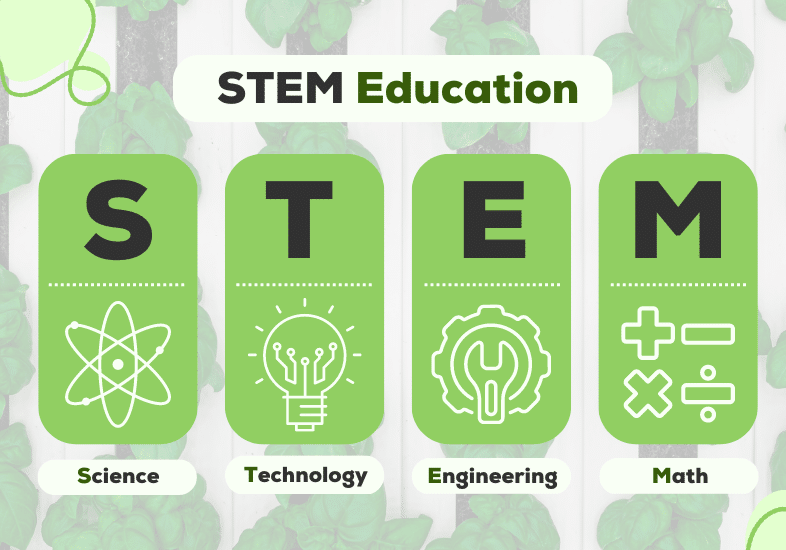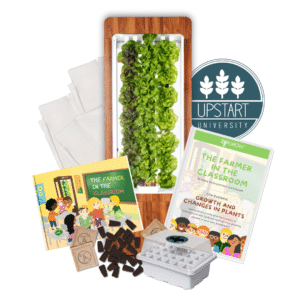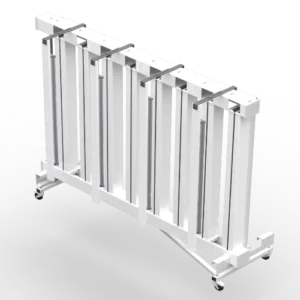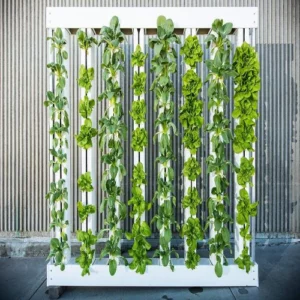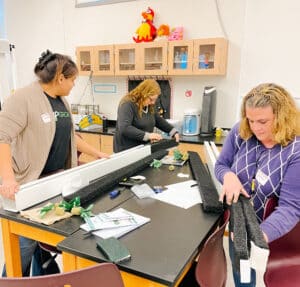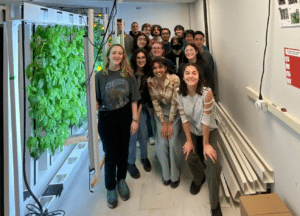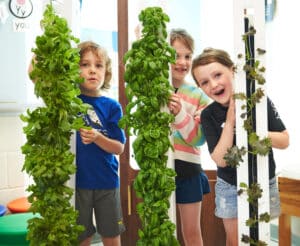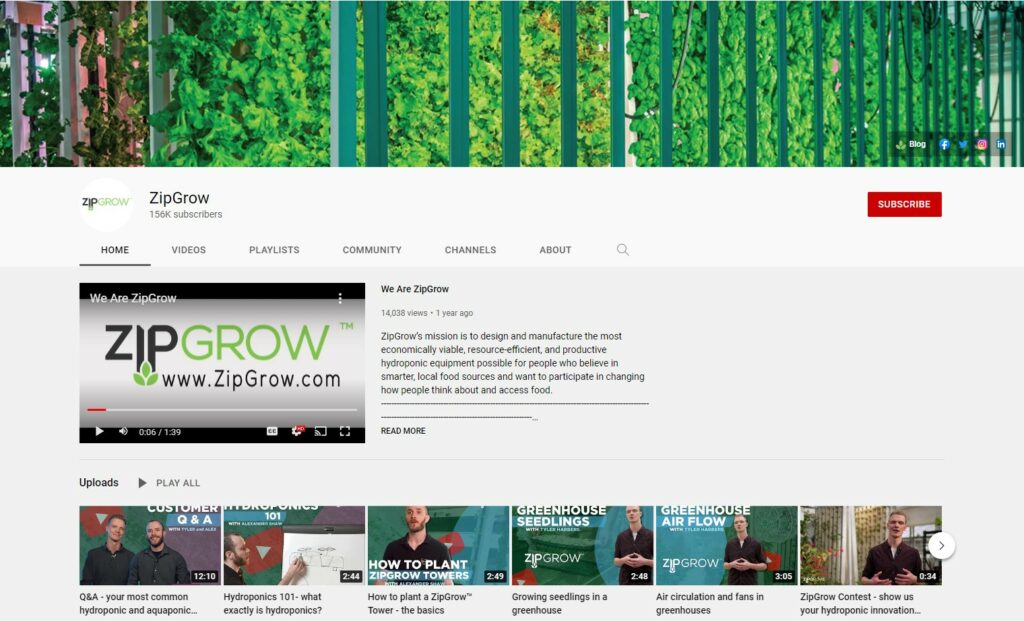STEM is a hot topic in education. It’s an approach to learning and development that integrates science, technology, engineering, and mathematics. It’s also known as STEAM (which adds Arts to the mix) or STREAM (further adding recreation). We want to combine hydroponics and STEM and show you how hydroponics for STEM can be the perfect addition to your teachings!
STEM is about progress, problem-solving, innovation, and teaching students how to learn those concepts while covering those subjects.
STEM teaching has been around since the early 2000s; more recently, it has become a buzzword in education and one of the primary focuses of the educational system in many countries worldwide. It provides critical thinking to help students understand the who, what, where, when, how, and why and then apply that knowledge to the real world through a mix of both classroom subjects and practical learning. Today, we’re going over hydroponics for STEM – the perfect tool for holistic classroom education!
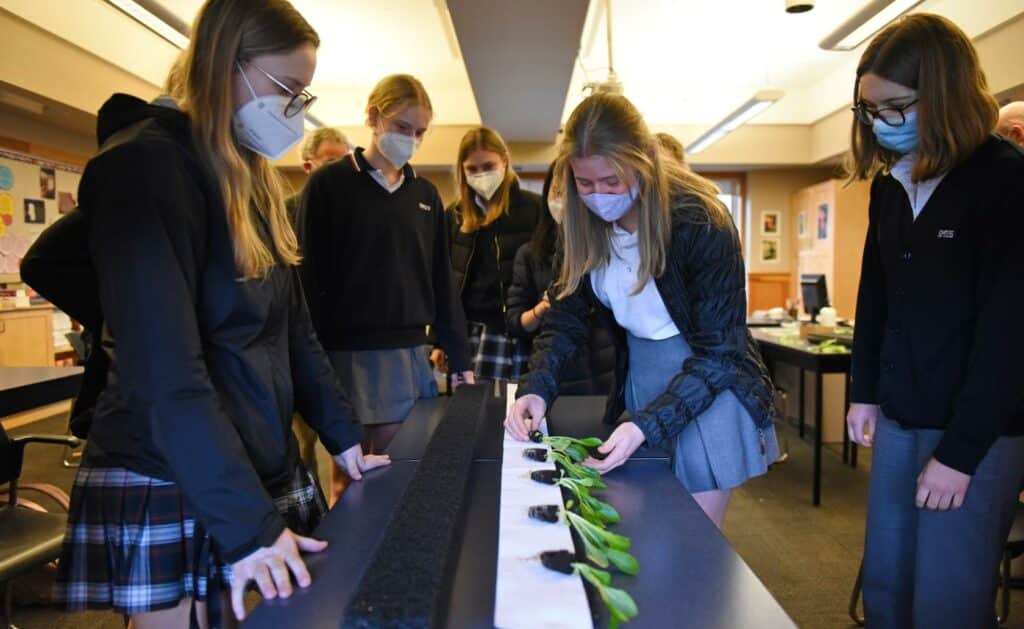
We know that developing new ways to teach STEM concepts in the classroom can be challenging; this is where hydroponics can simplify the process. It allows students to explore complex topics in much greater depth in a fun and interactive way.
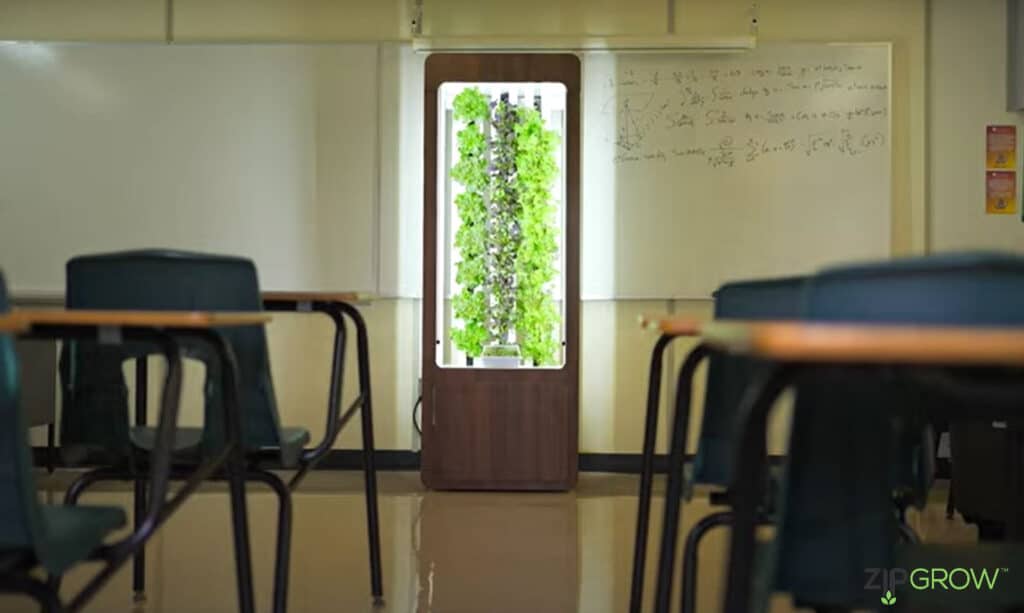
By using soilless farming and gardening techniques, teachers can grow their students’ understanding of a wide array of concepts while also growing fresh greens and herbs right inside their classrooms, no matter the weather outside. This makes it a win-win; educators get more engagement from students, students improve their skills and comprehension, and no one ever has to buy lettuce again!
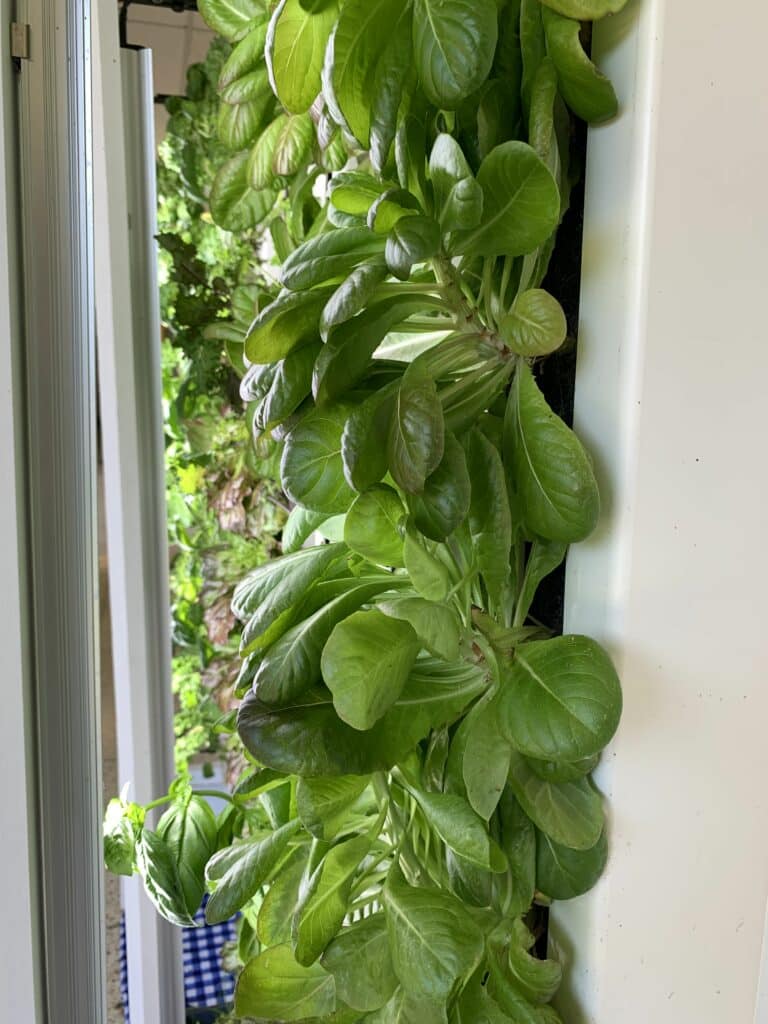
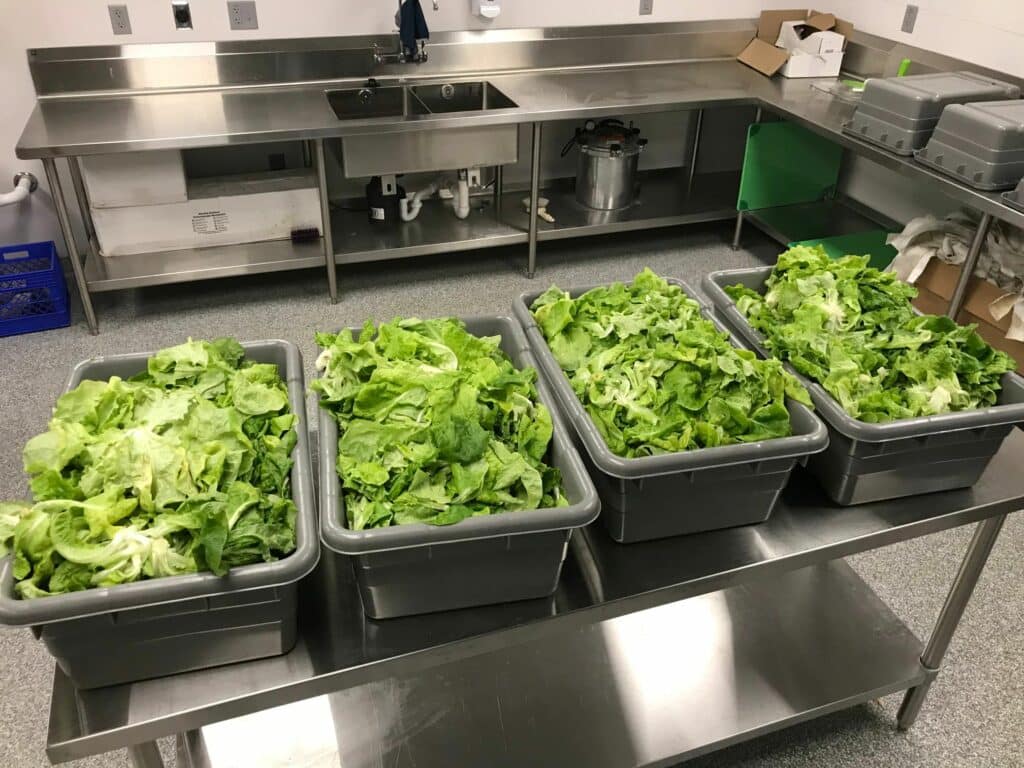
Classroom gardens can be an excellent backdrop for students to explore core concepts of biology, botany, ecosystems, chemistry, and pH in a fresh way. This hands-on learning approach with a classroom hydroponic system such as the ZipGarden™ or the Education Rack helps students to make sense of these following concepts authentically and holistically.
Concepts that can be taught with ZipGrow Tower hydroponic systems
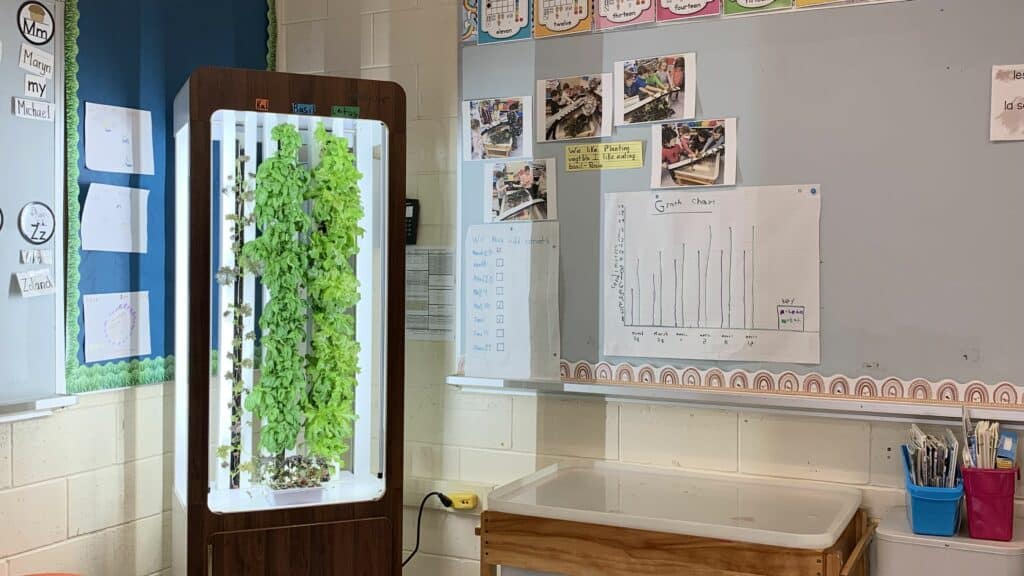
Agriculture
- Greenhouse management
- Pest management
- Plant disease/health
- Urban Agriculture
Family and Consumer Sciences
- Cooking
- Nutrition and healthy eating
Math
- Calculating yields, water needs, and similar problems
- Making change
- Charting
- Graphing
Other Science
- Botany
- Ecology
- Environmental science
- Experimental design
- Scientific process
History
- Agricultural development
- Industrial development
Biology (more related to Aquaponics)
- Aquatic ecosystems
- Diseases and viruses
- Fish biology and lifecycles
- Germination
- Microbiology (including bacteria, fungi, and algae)
- Nitrification
- Plant growth (Break apart root and foliage growth!)
- Plant lifecycles
- Symbiotic relationships
Chemistry
- Light properties and manipulation
- Oxidation-reduction reactions
- pH
- Plant nutrients
Other
- Automation
- Construction and design (including plumbing, heating, electrical, rack building,
- greenhouse building, etc.)
- Calculating heat needs and R-values
- Landscape design
- Problem solving/critical thinking/troubleshooting
- Sustainability and circular economies
Business
- Administration/management/planning
- Business planning
- Finance
- Marketing
- Administration/management/
planning - Business planning
- Finance
- Marketing
Building confidence and transferable skills with Hydroponic for STEM
Even when you only focus on growing plants, ZipGrow systems provide a circular process of understanding the subject matter. Students engage in the process, retain the knowledge, then repeat the process. The results of which build confidence and have a positive impact on their health and wellness and other studies.
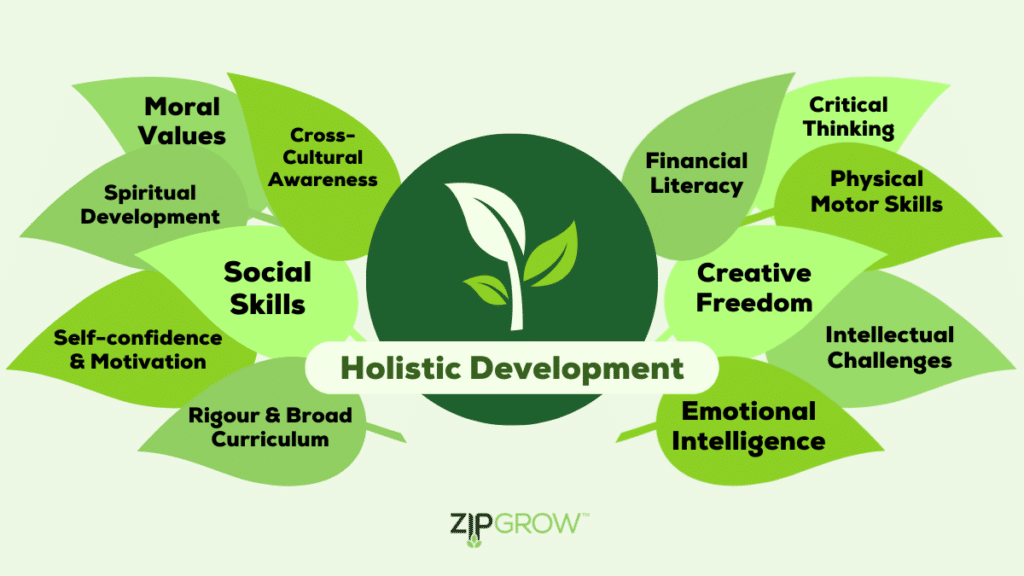
Almost all of the teachers we talk to use their hydroponic or aquaponic systems as a part of multiple courses. You can work with other teachers and coordinate a team hydroponic effort. Many funding opportunities exist to get started or spearhead a fundraiser with your parent/student council.
Testable and Measurable Outcomes
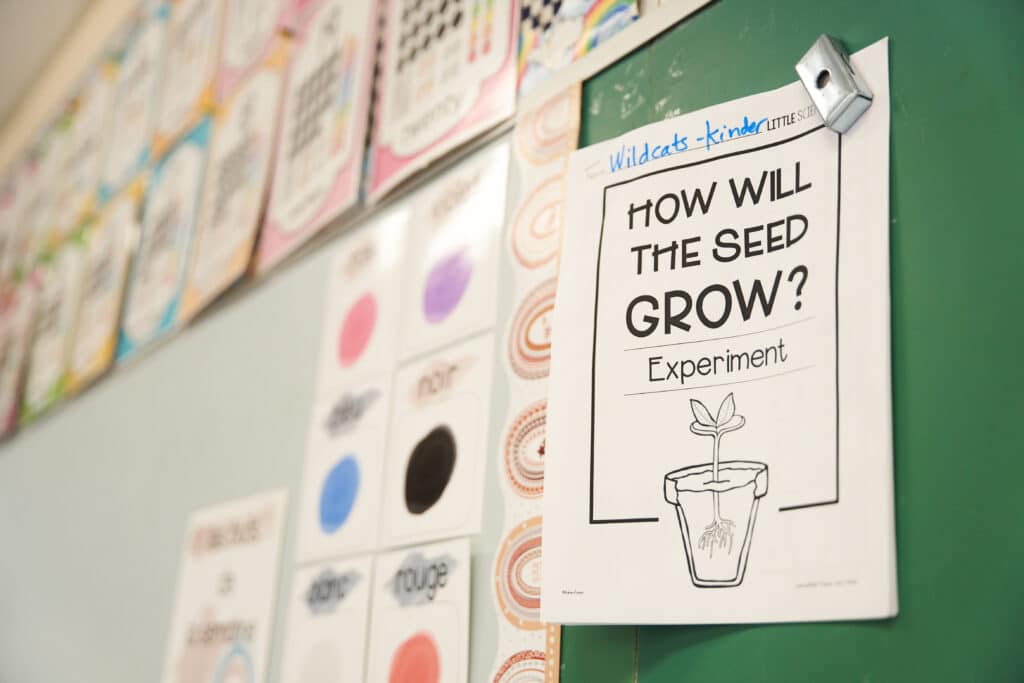
While the plants grow, system testing and measurement will keep the students involved.
Here are a few ideas for ongoing measurements and projects. Many of these tests (like pH and EC) should be performed regularly anyways to monitor crop health.
- pH
- Electro-Conductivity (EC) (also measures the solutes/salts in the system)
- Nutrient testing
- Plant growth
- Plant weight at harvest, wet and dry
- Harvest quantities
Use charts, tables, or graphs to help students visualize this data. Our “Best Crops for Hydroponics” guide will help you get started; once you have become more experienced, introduce more exciting crops like strawberries or peppers that will require pollination. (oooh, new topic!)
Connecting kids with healthy food sources
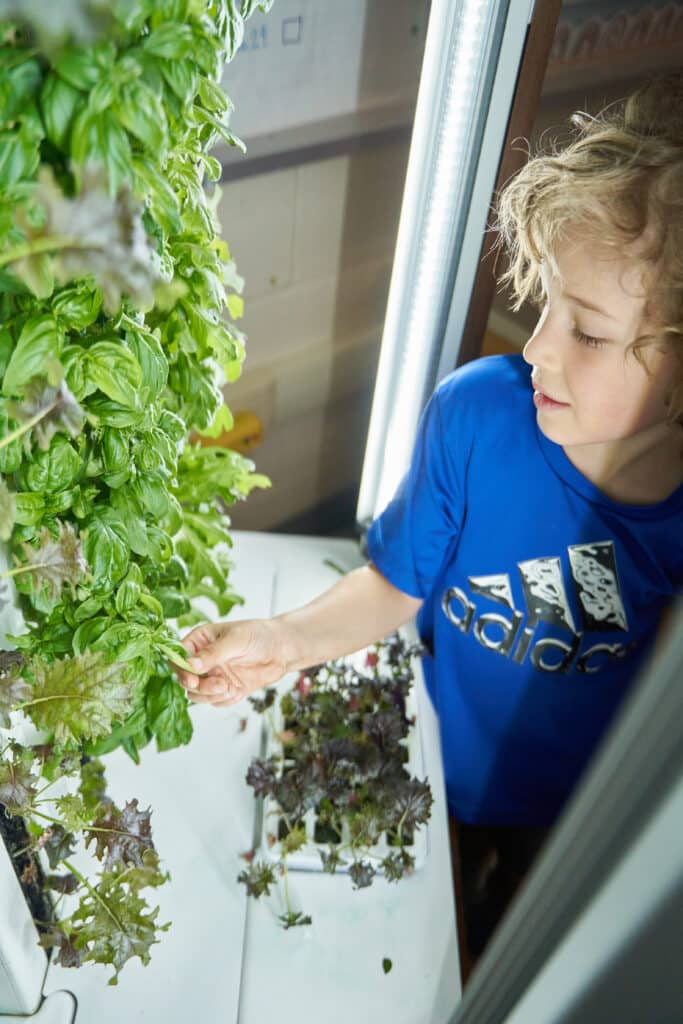
Another valuable advantage of a classroom and school gardens (that shouldn’t be overlooked) is the opportunity to bring education on food, nutrition, and sustainable food sources into the classroom. Children as young as kindergarten can learn about healthy food systems.
Poor diets and malnutrition in all its forms are among the greatest global social challenges of our time. What the youth of today are eating falls short of the minimum standards for healthy and sustainable diets, resulting in the rise of obesity and diet-related non-communicable diseases that have risen to epidemic levels in adults. According to the 2022 Global Nutrition Report, around 40% of all adults and 20% of all children are now overweight or obese.
Hydroponic growing connects children and youth with sustainable healthy, nutritious food sources, all while involving them in the process. Your crops can spice up and supplement cafeteria food. Instead of bake sales, how about hosting a leafy greens fundraiser that students, parents, and the community can get excited about?

for their cafeteria

for their cafeteria
Hydroponic growing connects children and youth with sustainable healthy, nutritious food sources, all while involving them in the process. Your crops can spice up and supplement cafeteria food. Instead of bake sales, how about hosting a leafy greens fundraiser that students, parents, and the community can get excited about?
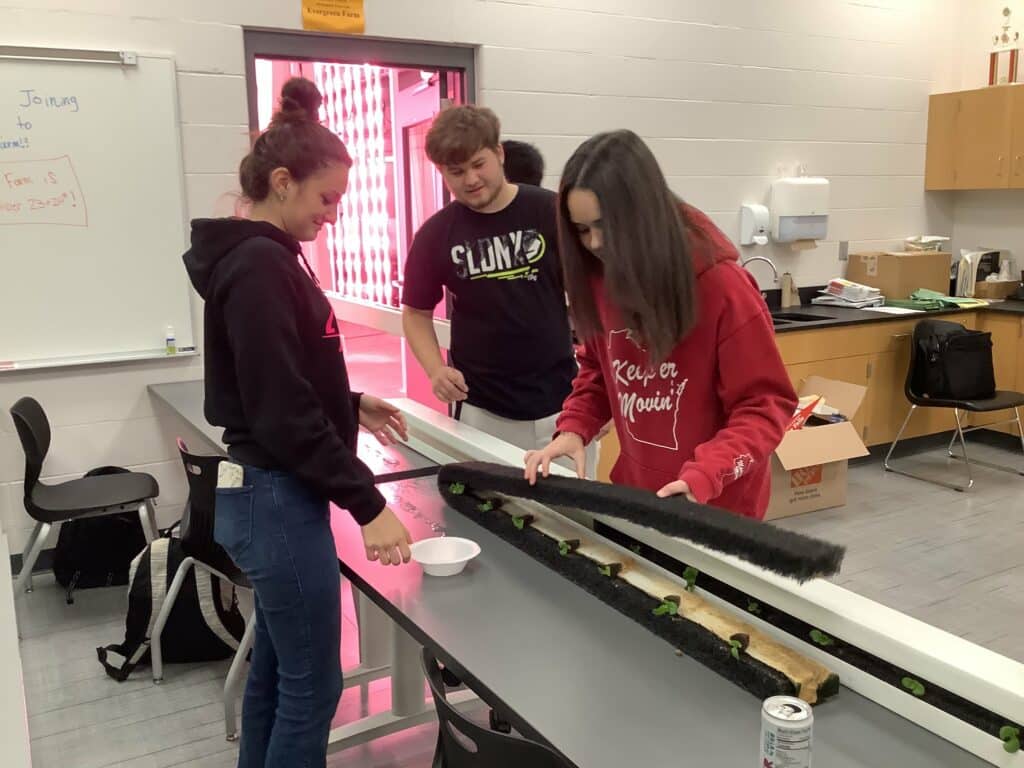
Find Your Perfect Hydroponic System
-
Bestsellers
ZipGarden™ Curriculum Bundle
USD 1,800.00Original price was: USD 1,800.00.USD 1,530.00Current price is: USD 1,530.00. -
Bestsellers
ZipGrow™ Education Rack
USD 3,999.99 – USD 4,999.99Original price was: USD 3,999.99 – USD 4,999.99.USD 3,999.99 – USD 4,249.99Current price is: USD 3,999.99 – USD 4,249.99.

